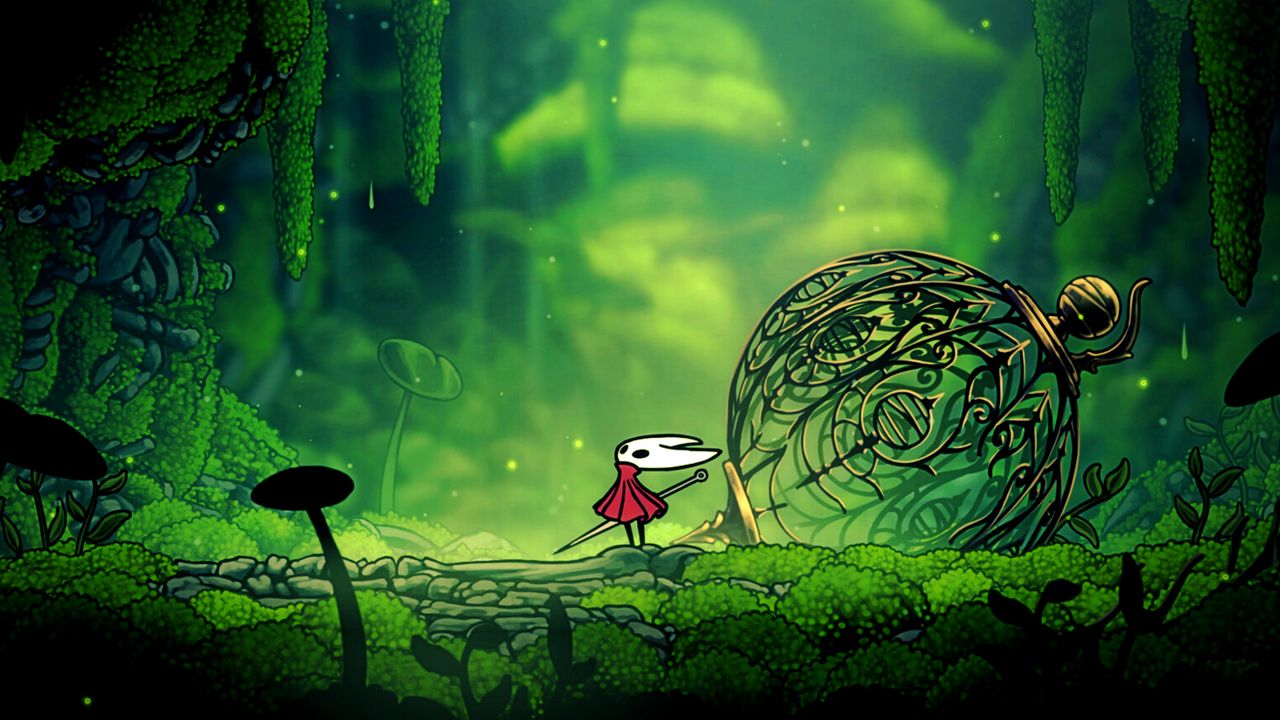
Hollow Knight: Silksong finally arrived after around seven years of production – seven years that developers said they were "having fun" during – and now, Team Cherry is explaining the process itself.
Speaking in a recent interview with ACMI, co-directors William Pellen and Ari Gibson look back at Silksong's development journey. "We try to be methodical – we'll decide what area we're working on that month, and move through it," recalls Gibson. "So we have a plan – but the plan is never so calcified that it can't bear a change of course two weeks later – or two months later, or two years later." It's not just about adding levels for Team Cherry.
It's more about fleshing out the space the devs are creating rather than developing a series of levels in order. "If you think about it more as a world and a space, it's actually much easier to come up with stuff to put in it," Pellen explains. "Early on with Hollow Knight, I did it a bit, trying to think of the space. If you're trying to build a Mario level, you might take an empty space and think, 'Oh, should there be a few platforms here?'"
The lead continues: "'Should there be a certain type of enemy?' But if you just start thinking – well, it's a cavern with a lake on the left or it's a ruined tower, suddenly the design of the space at the micro level is much easier. As the map grew, we're generally not thinking about which power-up you are getting next and where, and what places you're moving through to get them." As a result, things feel more seamless.
Pellen cites The Citadel, the main location in Act 2 of Silksong, as a guiding example in the design of the rest of Pharloom, Silksong's withering world. Pieces of the holy city can be found throughout the entire game. "We're thinking about the Citadel at the top of the world, and what's around it – what you would expect to find, where that could lead you, and who you might find there? What might they ask you to do, and if you did do it, what would that mean? And where would that leave you?"
Gibson later compares worldbuilding – something Team Cherry arguably aced in both the original Hollow Knight and Silksong – to character writing. "Writers talk about this idea that if they know their character well enough, the character can kind of take over and make decisions, or divert from the course the writer thought they would take – and because the writer knows them so well, they can just follow that character wherever they end up."
According to the co-director, "Building a game world is very similar to that – we establish the foundations, and as those become clearer, the world suggests what else is going to exist. Then we just get to follow all those little ideas to their conclusion." It makes sense – and it isn't all that hard to see just why the devs got to have so much fun while crafting Silksong and all of its intricacies, from the Moss Grotto to the gilded Citadel.







